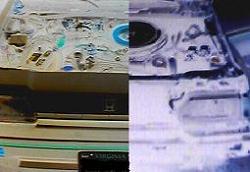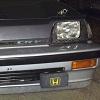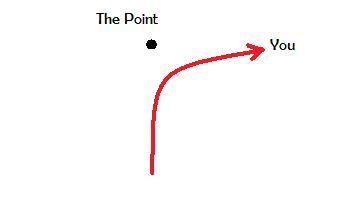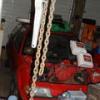The radius of the small pistons is 19 mm which works out to an area of 1,134 sq mm x 2 pistons = 2268 sq mm
The radius of one large piston is 24 mm which works out to an area of 1809 sq mm
Two small pistons > one large piston
the point i was making was that you can actually get brake callipers which may have 2/4 even 8 pistons pistons...but their cumulitive area is actually less then one or two large pistons...in your case with those measurements you are correct, but what happens if the small pistons have a radius of 15mm? they cover an area of 1413mm² so your one large piston actually covers a larger area...so the one large piston, accompanied by a larger MC would actually give a better spread of force....
but following on from what people have mentioned, the 2 smaller pistons would actually give you a larger force per unit area than the one large piston, given you are using the same sized MC etc...
i still stand by saying i would prefer numerous smaller pistons spreading the force onto 2 points of the pad, giving an even spread onto the disc rather than one massive force onto the middle of a pad....
 Sign In
Sign In Create Account
Create Account

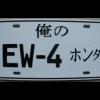


 View Garage
View Garage Back to top
Back to top